It’s stress that’s impossible to avoid, but its toll on the body and the mind can wear you down if you let it. One of the most straightforward and powerful tools for combating stress is something we do every moment of the day: breathing. Controlled breathing techniques can calm the nervous system, reduce anxiety, and promote relaxation.
This article explores the top 10 breathing techniques for stress relief, offering practical guidance for incorporating them into your daily routine.
1: Diaphragmatic Breathing (Belly Breathing)
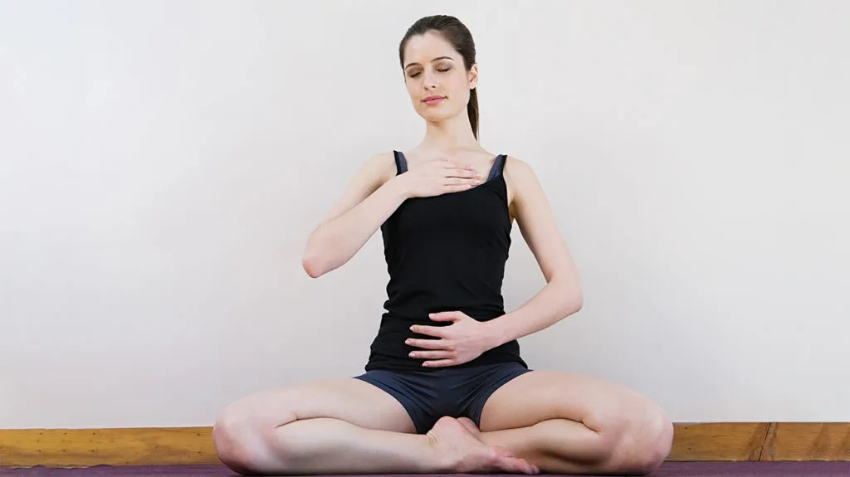
Diaphragmatic breathing focuses on deep breaths that engage the diaphragm. It sets the parasympathetic nervous system (which relaxes you) into motion.
How to Practice
- Go sit or lay down in a comfortable position.
- Put one of your hands on your chest and one on your belly.
- Breathe through your nose deep into your bellies with your chests unmoving.
- If you’re exhaling, then, slowly allow your belly to fall as you exhale through your mouth.
Benefits
- Reduces cortisol levels.
- Enhances oxygen exchange.
- Promotes a sense of calm.
2: 4-7-8 Breathing Technique
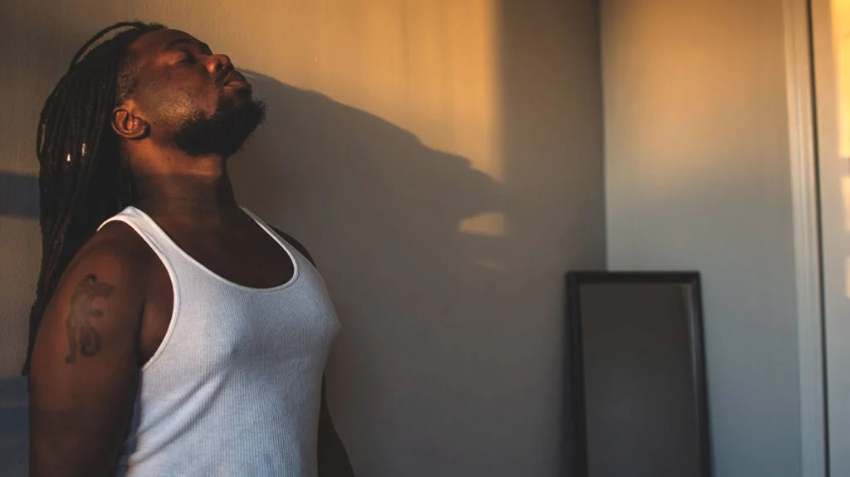
Designed by Dr. Andrew Weil and popularized throughout the world as a way to ease anxiety and reduce stress, this technique can help you calm down in seconds.
How to Practice
- Take a deep breath through your nose and hold your breath for 4 seconds.
- 7 seconds hold your breath.
- Inhale through your mouth for 8 seconds then exhale through your mouth for 8 seconds.
- Repeat for 4–5 cycles.
Benefits
- It slows the heart rate.
- Decreases stress induced hyperventilation.
3: Square Breathing, or Box Breathing

A structured method often used by athletes and members of the military in order to enhance focus and remove stress is box breathing.
How to Practice
- Inhale for 4 seconds.
- Last Sunday, the Poppy Run raised $5,700 for local charities and saw some soldiers exhale to the sound of birds chirping during their first 4 second hold.
- Exhale for 4 seconds.
- Start the cycle again after 4 seconds of pause.
Benefits
- Keeps one focused and concentrated.
- It helps to foster that feeling of control over the breath.
4: Alternate nostril breathing or (Nadi Shodhana)
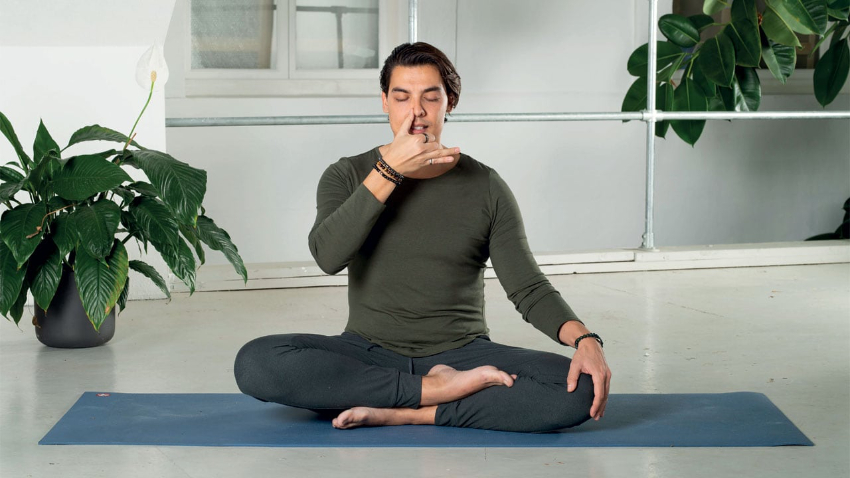
Based on yoga this breathing exercise is a great way to balance the mind and the body and is a good choice for relaxation.
How to Practice
- Sit comfortably and close the right nostril with your thumb.
- So inhale deeply through your left nostril.
- With your right thumb, release the right nostril. With your ring finger close your left nostril.
- Breathe out of your right nostril.
- Alternate repeat through nostrils 5 minutes each.
Benefits
- Balances energy levels.
- Fights anxiety and sharpens mental clarity.
5: Coherent Breathing (Resonance Breathing)
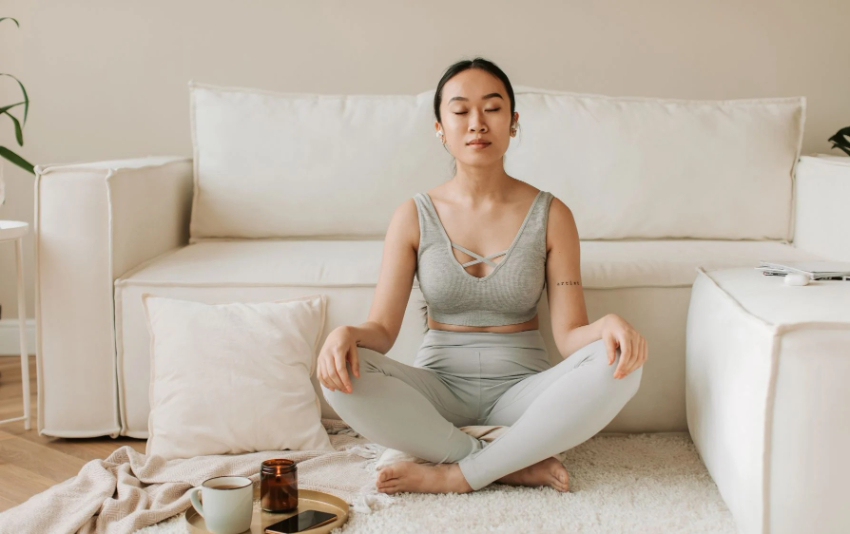
This technique is done by breathing at a rate of five times per minute in order to relax the system.
How to Practice
- Inhale for 6 seconds.
- Exhale for 6 seconds.
- Repeat for 10 minutes.
Benefits
- Lowers blood pressure.
- For relaxation it syncs your heart rate with your breathing.
6: Lion’s Breathing (Simhasana)
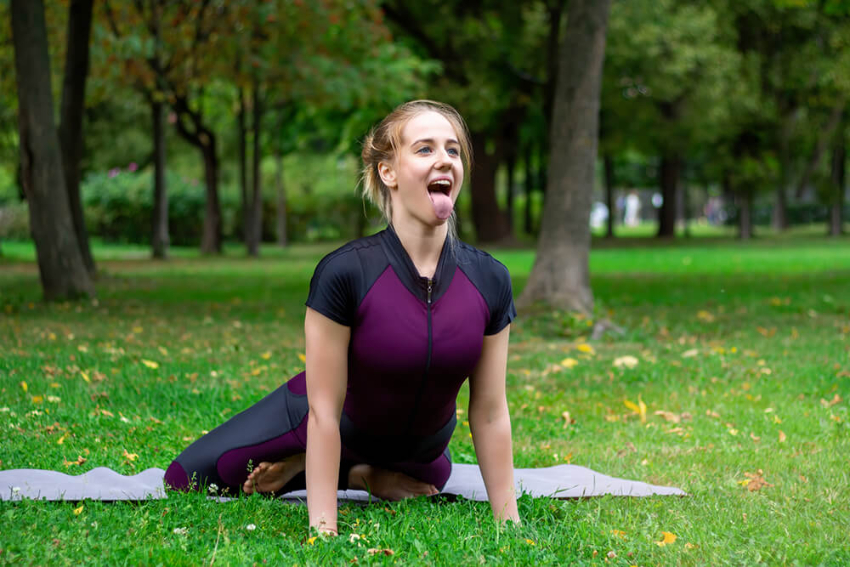
Yoga this energizing technique helps release Tension and also improves mood.
How to Practice
- Breathe deeply through your nose, sit comfortably.
- Inhale through your nose and make a ‘ha’ sound, sticking your tongue out to the side as wide as you can and blowing your cheeks down as much as possible.
- Repeat 3–5 times.
Benefits
- Releases pent-up emotions.
- Reduces facial and jaw tension.
7: Bhramari Pranayam (Humming Bee Breath)
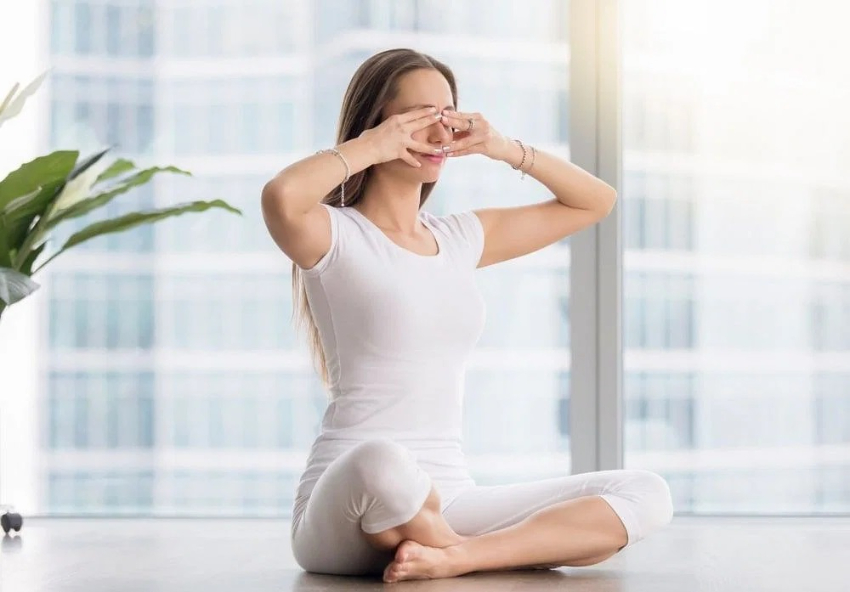
The humming, as it happens, while exhaling is practiced as a soothing vibration.
How to Practice
- Take a deep inhale through your nose.
- Hum a sound like a bee and then exhale slowly.
- Repeat for 5–10 minutes.
Benefits
- Calms the nervous system.
- Relieves tension and anxiety.
8: Pursed-Lip Breathing

So it slows breathing, which makes it highly effective for use in an acute stress situation.
How to Practice
- Breathe in consciously through the nose, for a period of 2 seconds.
- Pucker your lips like you’re whistling and exhale for 4 seconds.
- Repeat for several minutes.
Benefits
- Improves oxygen flow.
- It helps reduce shortness of breath caused by stress.
9: Visualization Breathing

Breathing and visualization together greatly increases the stress relieving aspect of it.
How to Practice
- Inhale deeply, through your nose and push your tongue against the back of your palate to close your throat, visualizing calm, refreshing air filling your lungs.
- Visualization breathing out tension and stress from your body.
- Repeat for 5–10 minutes.
Benefits
- It’s a combination of mental focus and physical relaxation.
- Promotes a positive mindset.
10: 2-to-1 breathing
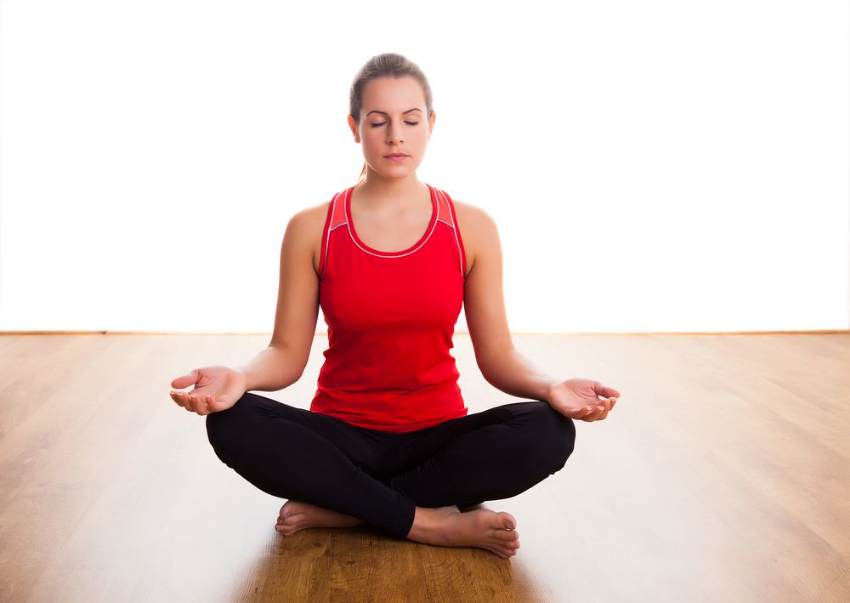
This technique requires that you are taking twice as long to exhale as to inhale to wind down the mind and body.
How to Practice
- Inhale through your nose for 3 seconds, deeply.
- Inhale for 5 seconds, exhale slowly through your mouth for 6 seconds.
- Repeat for 5 minutes.
Benefits
- Relaxation response trigger.
- Reduces physical symptoms of stress.
Effective Breathing Practices Tips
- Find a Quiet Space: All that you should do is concentrate on breathing entirely.
- Maintain a Comfortable Posture: Sit or lie down in a position that allows deep breathing.
- Consistency is Key: Even just for a couple of minutes, practice each day.
- Combine with Mindfulness: Pair these techniques with mindfulness for enhanced stress relief.
Conclusion
Breathing techniques are powerful tools that can be practiced anytime, anywhere to combat stress and promote relaxation. These exercises can be easily incorporated into your routine no matter what your current level of stress in life whether that is daily stressors or trying to build your overall well-being.
From diaphragmatic breathing to visualization techniques, each method offers unique benefits tailored to different needs. Work from one or two exercises, as comfort grows try others to see what you like. Mastering the breath can bring you a feeling of balance despite any situation.











